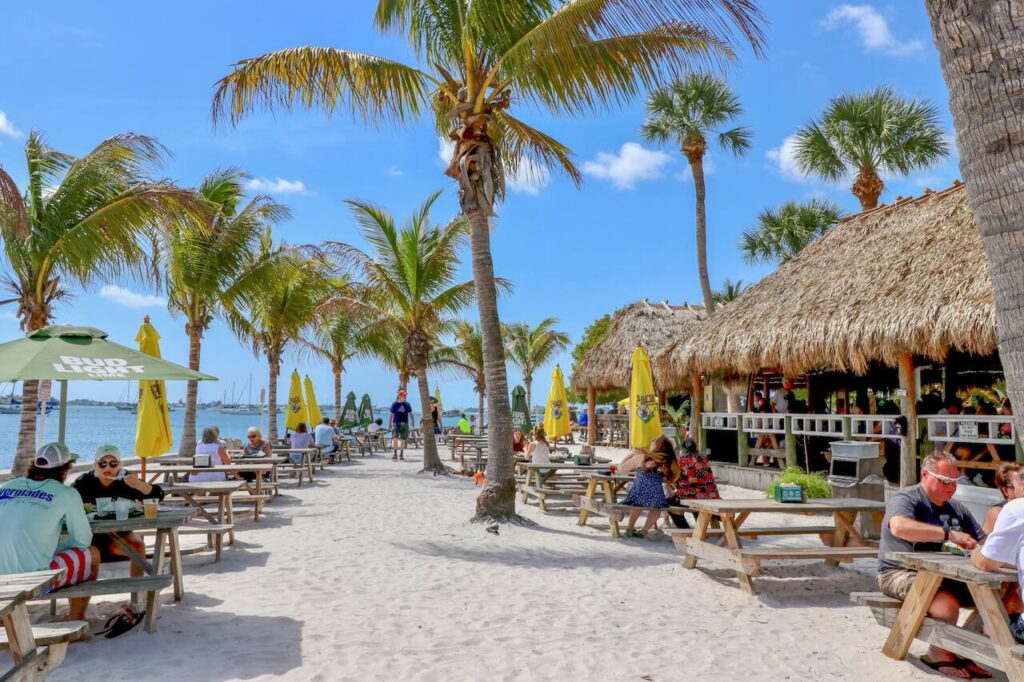Before the seismic political shift of 1979, Iran was a landscape of vibrant contrasts—a society poised between traditional roots and modern aspirations. Archival photographs reveal a nation at a crossroads, where Western-influenced fashion, progressive urban lifestyles, and cultural dynamism coexisted with deep-seated cultural traditions. These compelling images capture a fleeting moment in Iranian history, presenting a nuanced tableau of a country on the brink of transformative change, before the revolutionary tide would dramatically reshape its social and political identity. Before the 1979 Islamic Revolution, Iran was a vibrant, cosmopolitan society with a rich cultural landscape that bore little resemblance to its current conservative state. Ancient photographs reveal a dramatically different world where women walked freely in miniskirts, universities bustled with progressive intellectuals, and urban centers pulsed with Western-influenced fashion and lifestyle.
Tehran’s streets showcased European-style architecture, with modern buildings and wide boulevards that resembled Paris or Rome. Women professionals worked alongside men,wearing stylish pantsuits and dresses without head coverings.University campuses were centers of intellectual discourse, with students engaging in global conversations about politics, art, and social change.
The fashion scene was particularly striking. Western clothing dominated urban centers, with women sporting sleeveless tops, tight-fitting pants, and sophisticated evening wear. Men dressed in tailored suits and blazers, reflecting a cosmopolitan aesthetic deeply influenced by global trends. Nightclubs, bars, and social gatherings were common, featuring live music and contemporary entertainment.
Iranian cinema and art scenes were remarkably progressive during this period. International film festivals in Tehran attracted global talent, while local artists experimented with contemporary styles that challenged traditional boundaries. Music venues hosted jazz, rock, and classical performances, creating a dynamic cultural environment that celebrated creativity and innovation.
Family dynamics were more relaxed, with mixed-gender social interactions becoming increasingly normalized. Educational opportunities expanded for women,who pursued careers in medicine,law,engineering,and academia. The societal structure emphasized secular values and modernization, positioning Iran as a regional leader in progressive thinking.Economic prosperity was evident in urban infrastructure,with rapidly developing cities and meaningful infrastructure investments. International businesses flourished, and Tehran was considered a sophisticated metropolitan center attracting global investors and entrepreneurs.
Religious practices existed but were not as prominently enforced as they would become after the revolution. Diverse religious communities coexisted relatively peacefully,with a more tolerant approach to personal beliefs and cultural practices.
Archaeological sites and historical landmarks were carefully preserved, showcasing Iran’s rich cultural heritage while simultaneously embracing modernity. Museums, theaters, and cultural institutions celebrated both traditional and contemporary artistic expressions.
These photographs represent more than mere visual documentation; they capture a transformative moment in Iranian history when potential seemed limitless and societal boundaries were continuously expanding. The images serve as powerful reminders of a complex, multifaceted society that existed before radical political and religious transformations reshaped the nation’s trajectory.



